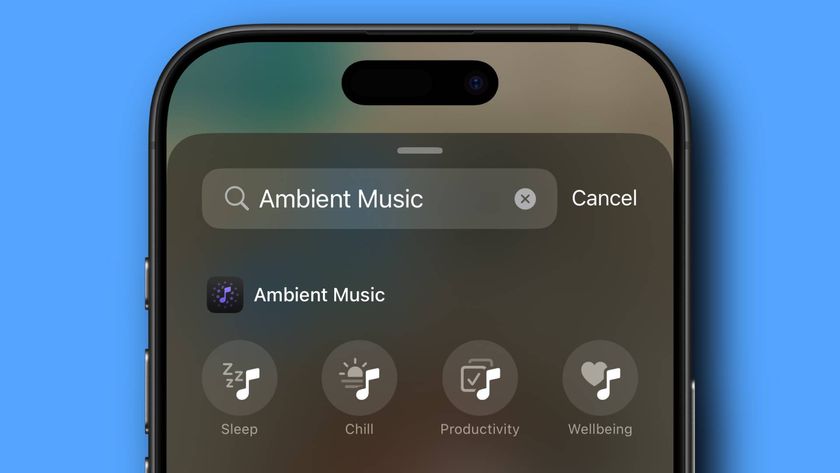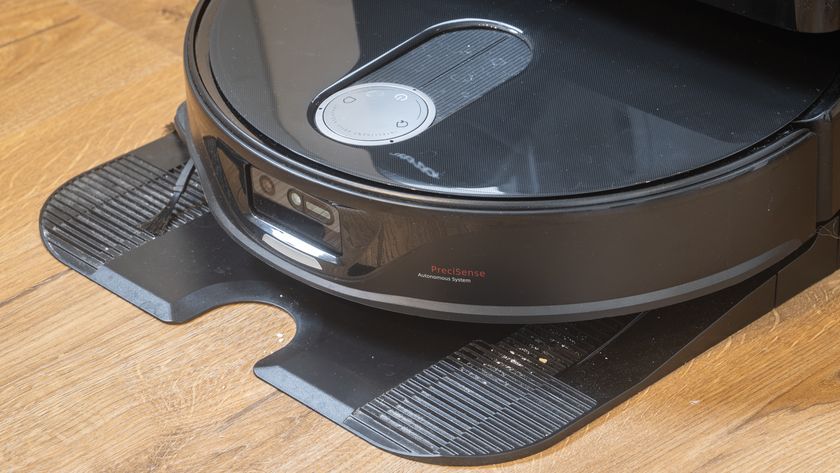LG's great local rival, Samsung, is also working on flexible solid state battery technology which will bend without catching fire.
Other vital smartphone components appear to be ready to make the jump to a flexible format. The aforementioned Finnish company Canatu Oy has just launched its fifth generation of Carbon NanoBud (CNB) films, which enable the replacement of indium tin oxide (a solid conductive material) in capacitive touch sensors.
"Our production line for CNB films and touch sensors is in operation and marks an important milestone going to volume manufacturing," explains a Canatu Oy spokesperson, adding that there are plans for a mass volume plant in the second half of 2014.
In other words, here is another vital component in flexible touchscreen displays that is just about ready to roll out to commercial products.
Give and take
So, given the break-throughs in these key technological areas, when will we see properly flexible phones in our shops?
Industry insiders believe that it's less than two years away. "Canatu estimates (the) first fully foldable products will be in the market in 2015," claims a spokesperson for the company.
It's an estimate that appears to back-up the projections of the smartphone manufacturers themselves. According to a slide the company recently showed to investors, Samsung anticipates that its first bendable smartphone will be ready to go in 2014, while its first fully foldable smartphone will be on the market either towards the end of 2015 or the beginning of 2016.
Get daily insight, inspiration and deals in your inbox
Sign up for breaking news, reviews, opinion, top tech deals, and more.
And don't for one minute think that this is likely to be another dead end gimmick to file alongside phones with 3D displays. Dr Kinam Kim, president and CEO of Samsung Display, recently told analysts that "flexible display penetration could rapidly increase to 40% by 2018."
That's not to mention the technology's virtually guaranteed adoption by the automotive and fashion industries. Expect the cars of the near future to feature dramatically swooping digital displays that mould and form to the shape of a dashboard, and shirts that utilise paper thin and stretchable OLED displays to alter the colour and pattern of the 'fabric.'
It seems as if the future really is flexible, and it's going to be phones that lead this somewhat bendy-legged charge.













